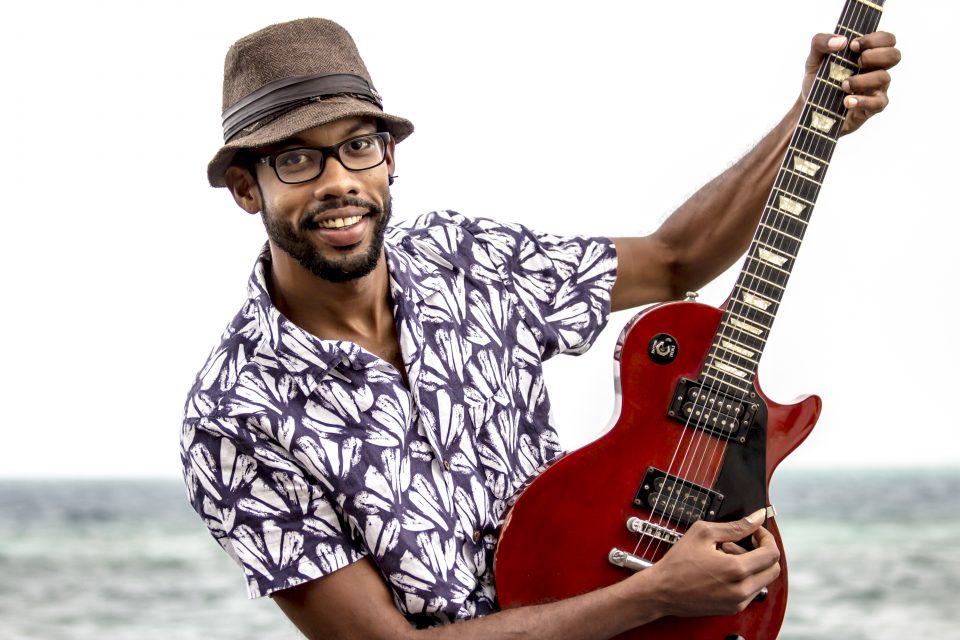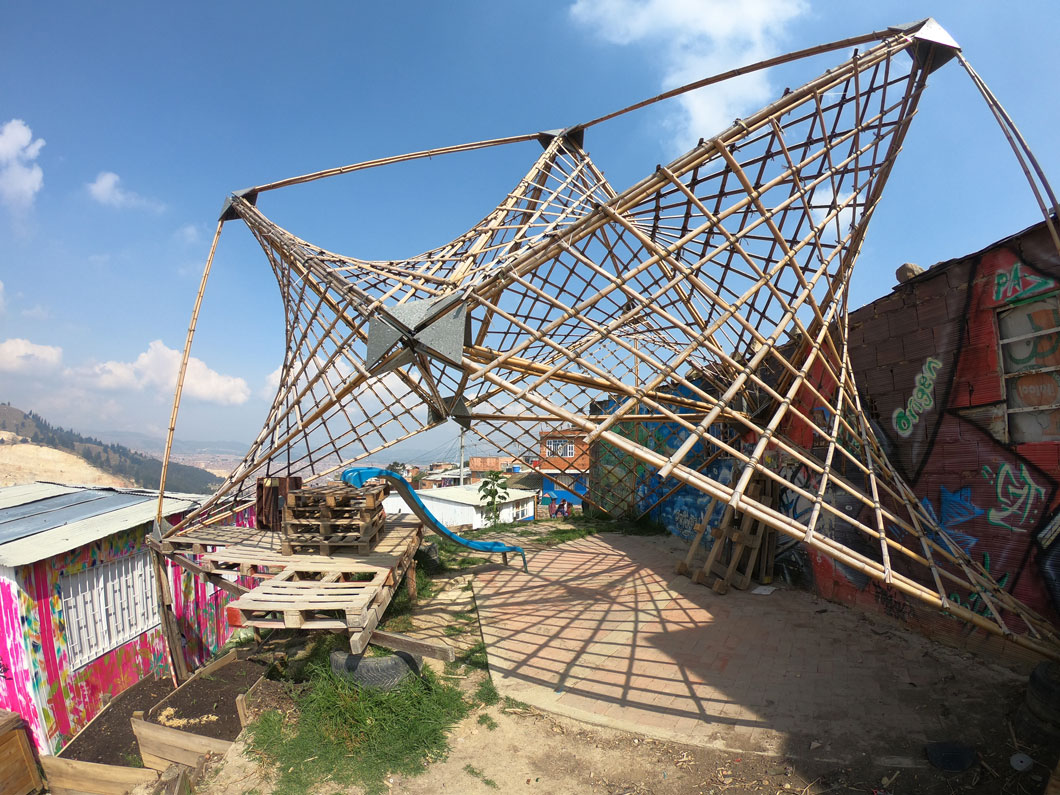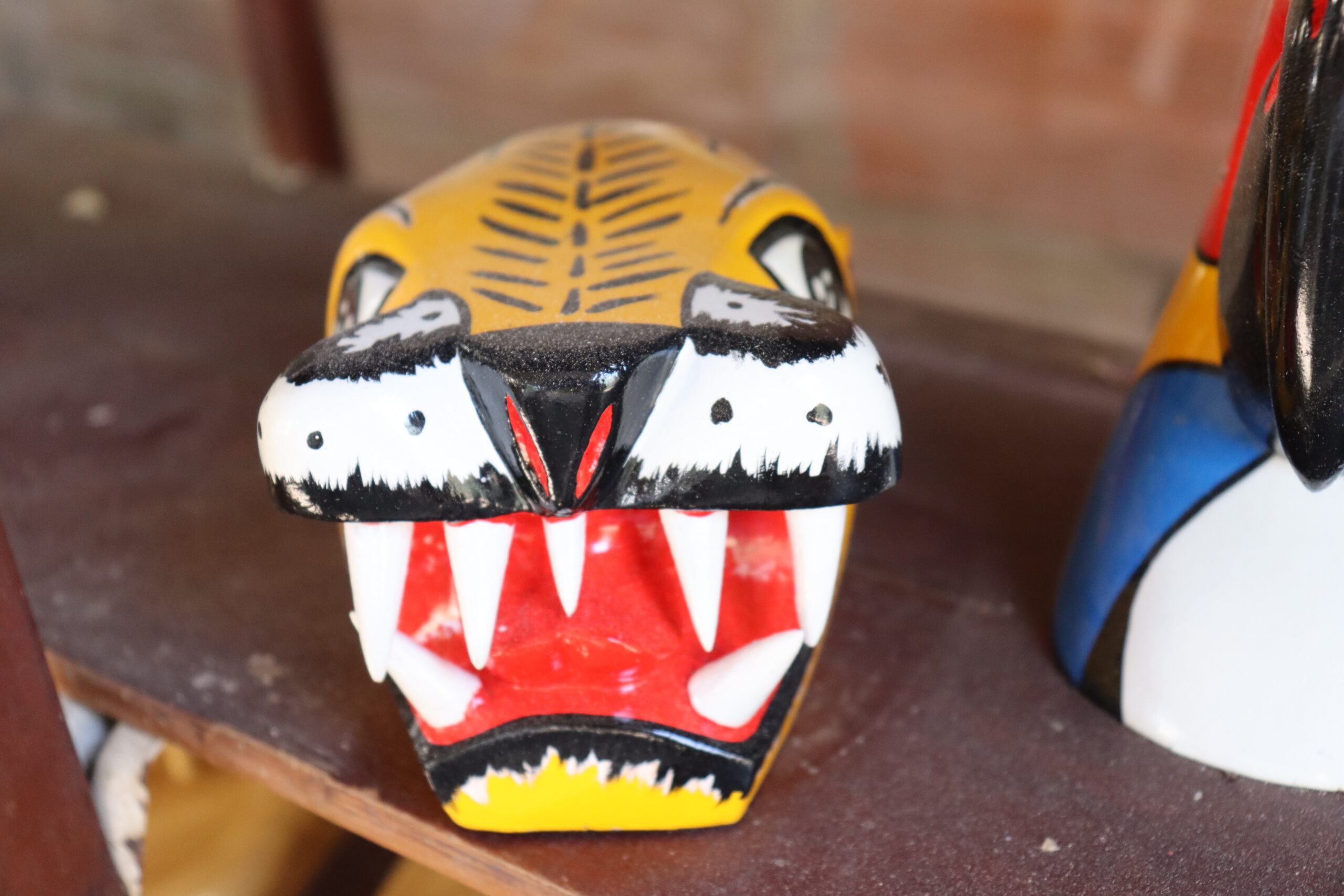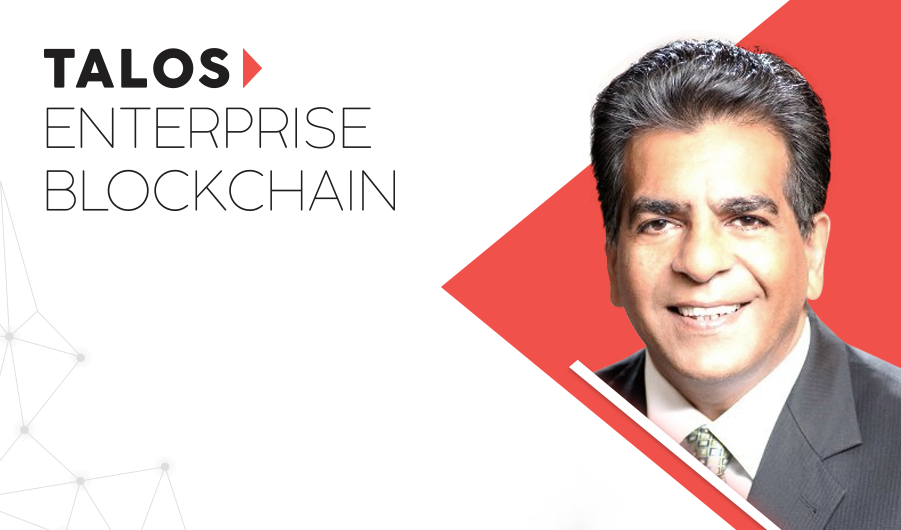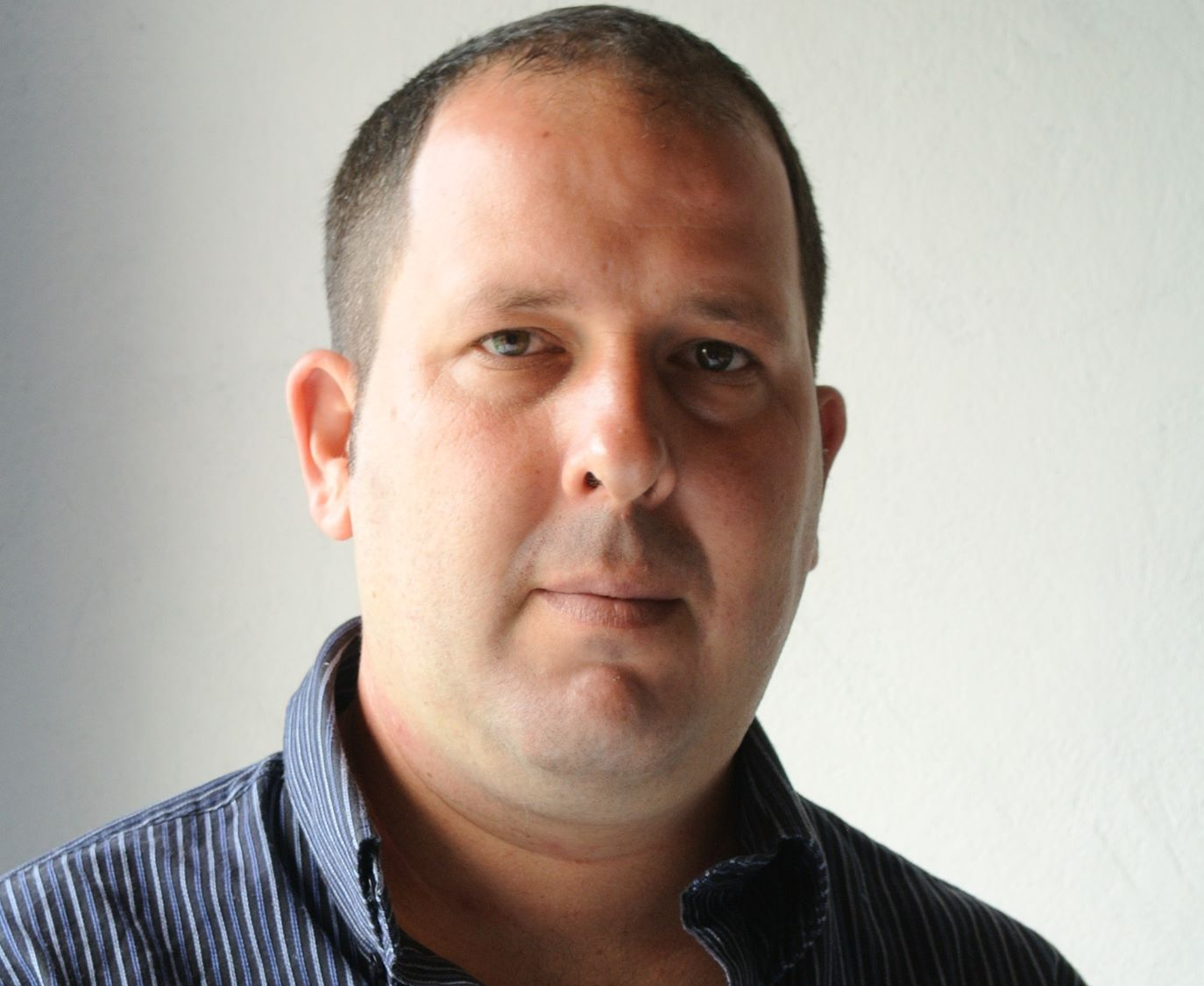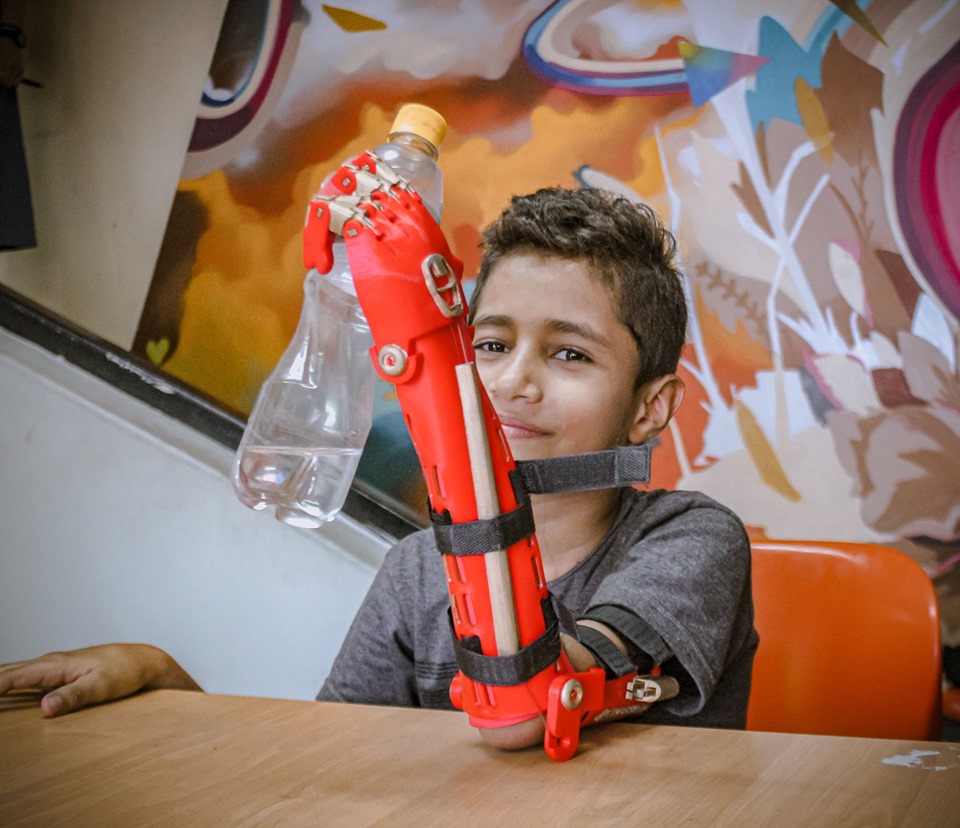
The following interview has been lightly edited for clarity.
First question, why prosthetics?
When I started in 3D printing, I saw that a lot of 3D plastic toys and a lot of rubbish was being made. I wanted to make something that was actually functional. I saw this company, e-NABLE, at a conference I attended in New York and I thought it would be cool to make one of those and see how it goes.
I was thinking of setting up a 3D printing business and wanted to find out how it was being used. I had no experience with 3D printing at this stage. I just wanted to learn. After the conference, I bought a 3D printer in New York and brought it back to make a prosthetic.
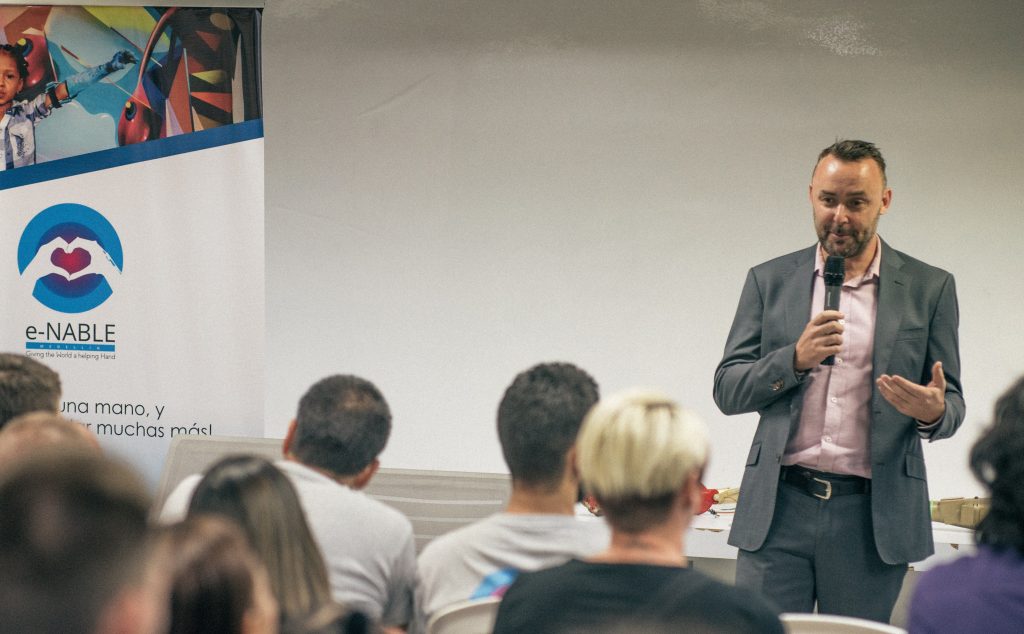
What brought you to Colombia?
An escape from corporate life and to learn Spanish. I wasn’t quite sure what I wanted to do but I knew I wanted to set up a business, learn a language, and live in a different country.
Colombia seemed really cool at the time. I tried to come here ten years ago but it was too dangerous at that time, maybe it’s more like 15 years. I’m getting old!
I had friends that were coming over and showing me pictures of all these beautiful places, like Parque Tayrona, Medellin… And I thought, yeah it’ll be great to come to see Colombia.
Once I had the chance and a nice redundancy payout, I thought I’m going to go out and see Colombia.
Did you come as a visitor or did you move here straight away?
I sold everything in Australia and I came here with just my backpack on with a plan – to learn Spanish and find something to do. It worked out in the end.
What’s been the most rewarding moment of working with e-NABLE for you since being involved with e-NABLE?
I’d say what we’ve achieved with El Medallo because it’s been a joint force of so many people.
All of our Colombian volunteers, the students, the employees, and having that connection with the universities from around the world that have come over to work with us. There’s an interchange of knowledge and a lot of friendships that have been made along the way. Then actually having something at the end that’s a world’s first.
Electronics is something that I personally have little knowledge of so to be able to have an awesome group of people come together and deliver something like this is amazing. It’s a starting point for us and a lot of groups or individuals to take forward.
Seeing that all come together after a year or so is really rewarding.
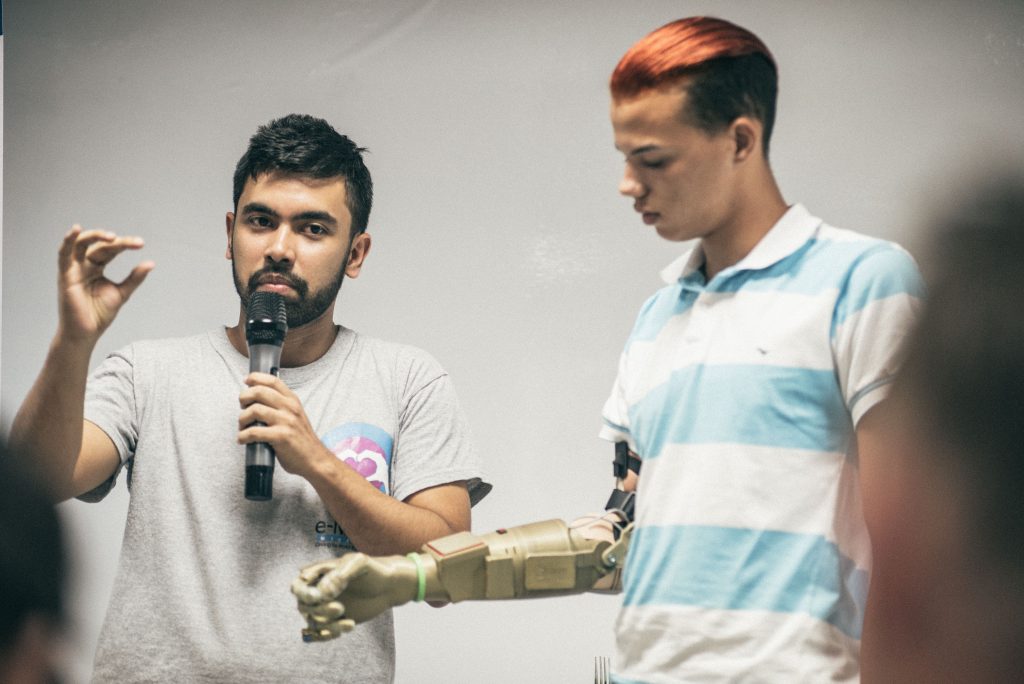
Whereabouts are these people coming from?
We’ve probably had about 40 volunteers within the universities here and from around the world.
On this specific project, we’ve probably had about ten people working with us. We’ve had Estaban who works for us as a biotech engineer, we’ve had engineers from the States who specialize in sensors with PHDs to their name, we’ve had engineers from the University of Melbourne, both teachers and students.
We’ve had students from Bristol University and Manchester University who’ve come over and also contributed in one way or another. So yeah, we’ve had people from England, Australia, New Zealand, France, The United States and… have we missed anyone?… Oh Canada, too! So we’ve had a really global effort and everyone’s had their specialty.
It means that these people can take it back to their own country and implement the project with their own first-hand knowledge of it.
It’s actually going into the second year now where they’re implementing our work at the University of Melbourne. They’re using this model and the technique we’re using as part of the final year of the electronics course.
El Medallo has been made public, what’s the thinking behind that?
We had people who couldn’t use our arms so we needed a design to help those kind of people. We’d heard about open source robotic designs on the internet before so we did a pretty exhaustive search and we found it was really limited.
They had 3D printing designs available but when it came to details of how to assemble it, what electronics were involved, what sensors to use, there was literally nothing.
So I thought, well there’s obviously a need for that if we’re looking for it and someone else has probably looked for it. We thought we’ve got good connections with the universities here and volunteers so we thought we could make our own.
However, to be different, not just say it’s open source but we wanted to fully document it. Then, any person or group with a basic knowledge of electronics or 3D printing could follow almost a dummies guide to making one.
The idea is that all these people from around the world can improve it because this is version 1.0 and there’s already improvements that we’re thinking about. A global network can improve it much quicker than we can.
What’s the story behind the name, El Medallo?
El Medallo is actually what Medellin is known as and it also means the medal or the prize. We wanted something that related to the work we’re doing in Colombia and Medellin, but also something that we’re proud of.
We can send it out to the world as a product of Colombia, as an innovation of Colombia, as a prize in Colombia. I hope they’ll pick it up in Bogota!
Can you give examples of some of the custom prosthetics you’ve made?
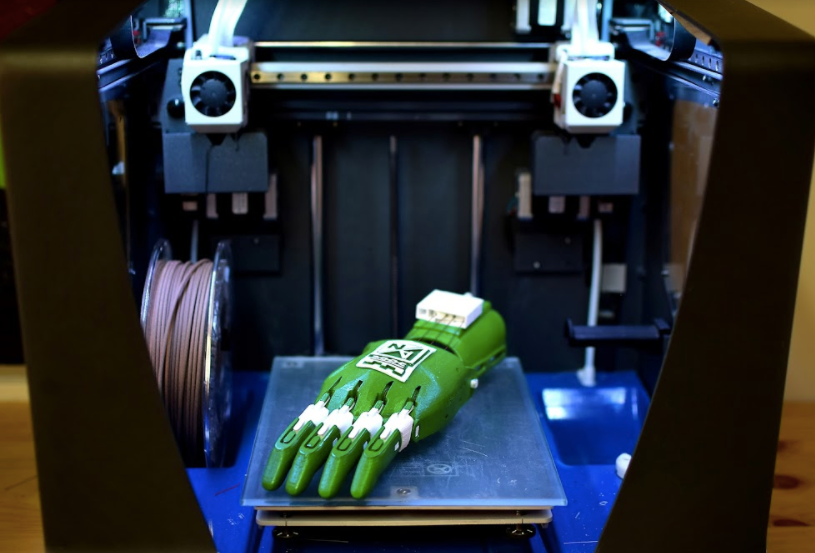
We made a custom finger in the football colors of DIM (Independiente Medellin) also just to be fair we’ve made a prosthetic in the Athletico Nacional colors too.
We’ve made a prosthetic for little girls who wanted Frozen princesses and we designed an Iron Man designed one… We’ve done a lot. We’ve put tattoos on prosthetics as well.
The idea of this is to reduce the stigma attached to prosthetics. It’s to give people something that they’re personally attached to, which they’re personally proud of and which they’ve asked for.
A lot of the time they get prosthetics with hooks which can be quite heavy and quite stigmatized. This is especially true for young children who get teased at school. This is something really cool that they can show off and it helps improve their self-esteem.
What are the future goals of eNABLE?
The first thing we’re going to do is work on version 1.1 of El Medallo. Then, we’re going to be translating all of the materials to Spanish which we hope to have done by the end of this year.
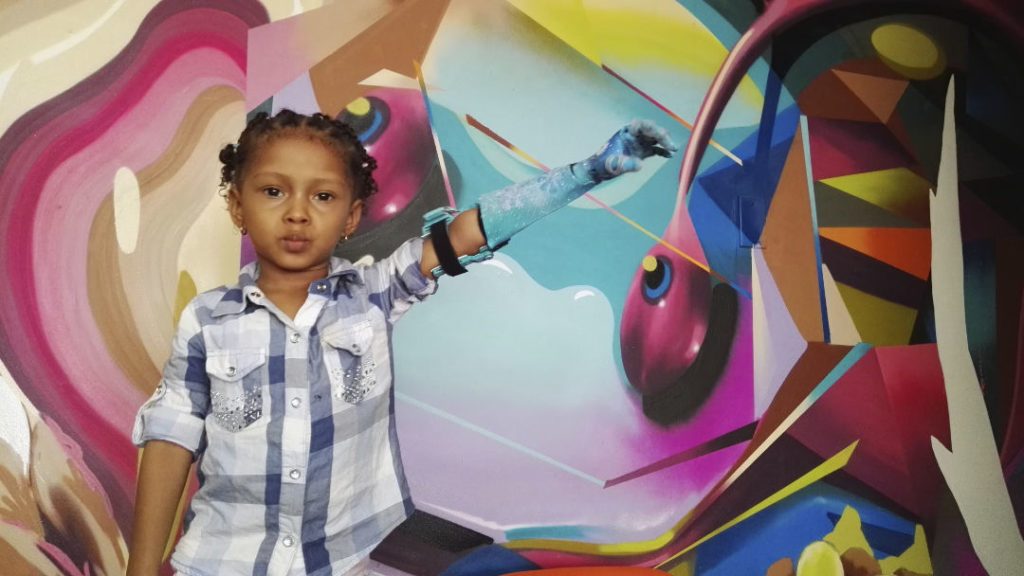
We’re aiming to deliver 40 devices to people in Colombia this year, and next year move onto 50.
We’ve also done a beta design of a leg prosthetic which we completely destroyed under stress testing. But the idea is that if we can get the right skill tests here, we want to continue moving forward and seeing if that’s a viable project.

